As Feltman Bros. celebrates 100 years of providing moms with timeless, high-quality frocks for their beloved babies, President Ben Friedman shares the secret to the brand’s astounding longevity.
In a fashion world obsessed with “fast” and “new” and “emerging,” it’s rare to find a company that wholeheartedly embraces the past. But for children’s apparel mainstay Feltman Brothers Inc., which celebrates its 100th anniversary this year, venerating the past isn’t just about marking a major milestone—it’s also key to future growth.
Proving that some things never change—and that’s a good thing—the company’s timeless apparel has resonated with moms and gift-givers alike since the company’s founding in 1916. In fact, thanks to several original designs the company released in honor of its big birthday, Feltman offers moms the very same creepers and take-me-home gowns their great-great-grandmothers purchased 100 years ago. Today, the brand is available in 649 boutiques and department stores nationwide.
For Ben Friedman, the company’s current president, the secret to that near-unrivaled longevity lies in one simple factor: quality. Feltman Brothers garments are passed down from generation to generation. That quality, he notes, is due largely to the fact that the garments are still manufactured in the Philippines, just as they were in the very beginning. Details like smocking are still done by hand. Despite the industry’s shift to China as a manufacturing hub, Friedman was never able to find a factory that could replicate the quality of those handmade touches. Even the company’s biggest deviation from its core offerings—a Pima cotton collection released last year—is made not in China, but in Peru (which Friedman aptly dubs “the king of Pima”).
Feltman’s entire history, in fact, is a lesson in staying the course. First came the company’s heyday in the early 20th century. “By the late twenties, fine infants’ wear from the Philippines had become most popular. Feltman Brothers was the most outstanding firm importing the finest baby dresses and other items in the field,” said Earnshaw’s Publisher Walter T. Hudson in an editorial in the magazine’s 50th anniversary issue. However, the Great Depression and WWII presented a big challenge to the growing company (as to all manufacturers and merchants at the time). In fact, the brand’s ads in the 1942 issue of Earnshaw’s encouraged its fellow manufacturers and retailers to purchase war bonds and support the war effort. But no matter the challenge, the company remained committed to offering timeless, high-quality apparel.
When the Feltman family sold the company in 1986, they made sure to select someone who appreciated that rich history, and would continue manufacturing the apparel in the Philippines. Friedman’s father Leopole Friedman, who also manufactured children’s apparel in the Philippines at the time and had extensive experience in the niche world of smocking and embroidery, was a perfect fit. (His son Ben is now at the helm.)
As it looks to the future, there are several market factors working in Feltman’s favor. Parents today seek authenticity in their purchases, and the company’s collection of Christening gowns, rompers, bubbles, bodysuits, booties, bonnets and blankets—offered in an uber-traditional palette of white, pastel pink and blue—are as vintage as it gets. And, of course, as any fashion forecaster will tell you, vintage is in. “At Feltman, we believe that babies should be dressed like babies in soft colors and styles. Our customers have remained loyal to us and just want us to keep doing what we are doing and adding more styles to our line,” Friedman says.
But just because Feltman celebrates looking back— especially this year—doesn’t mean it’s not also looking forward. The company updated its website in 2014 and recently revamped its logo. “Our logo and design inspiration mimic our clothing and brand style. We wanted to stick with our vintage classic look and colors but add a bit of modern kick to it,” Friedman explains. And the company is currently making a big push to connect with Millennial moms on sites like Facebook and Instagram. The visual nature of social media sites should be a boon for the brand, since, Friedman notes, the brand’s bestselling slip dresses and boys’ Bobbie suits “are a photographers dream.” Or, as he notes, “Styles like this stick around forever—literally!”
How did your father get started in childrenswear and eventually purchase the brand from the Feltman family?
He started out manufacturing childrenswear in Israel, Portugal, Spain and Greece. As a kid, I remember traveling all over the world to his manufacturing plants overseas. In the ’70s and ’80s, he got into picture smocking and hand embroidery, and it became his niche. He realized he had to go to the Philippines to get the quality he was looking for, and that’s when he met up with the Feltmans. He worked in the Philippines for 15 years before he bought Feltman. Since it was a family tradition, the Feltmans didn’t want to sell the company to just anyone. My dad was a respected person in the industry, and they knew he would carry on the legacy. That’s why they asked him. They didn’t even sell it for a big profit.
Why is it important that the brand is still made in the Philippines?
We are proud to still be manufacturing in the Philippines. The country’s garment industry is famous for its attention to detail and dedication to producing high-quality garments. Many of the styles we design still incorporate handcrafting, a skill that is passed down from mother to daughter over generations. We have a factory in Makati City, Manila and in the providence in Bacolod. The factories have moved a few times over the past century, and updated with the times and economy, but we still infuse the passion from yesteryear in our design and quality control.
That’s fascinating—and a big point of difference for Feltman—since most childrenswear is now made in China.
We went through times where the hand embroidery industry lost ground to China. When China came into play 20 years ago, all of the sudden everyone realized China can do almost everything better for cheaper. And people stopped buying our brand because it was too expensive—except for the die-hards who really understood what our brand was about. China can’t do what we can do. And there’s a reason for it. They can mimic almost anything with their machines and new technology, but hand embroidery cannot be mimicked. I went down to China about four years ago. I took our product everywhere and asked, ‘Can you make this for me? Can you mimic this in your machines?’ They didn’t even try to do it on the machines; they just said, “No, our machines can’t do anything like this.” And our loyal customers—especially in the South—understand that. [If we began manufacturing in China] they would say, ‘This is not Feltman.’ For jersey, jeans and prints, you go to China. For hand embroidered specialty items that last for generations, you’re not getting that in China. Now we just have to get that message out to the people and make sure everyone understands.
How do you plan to get that message out?
We have become extremely active on social media and on the Web. We have over 30,000 followers on Facebook and 18,000 on Instagram. This gives us an opportunity to hear directly from our customers, which is helping us expand our lines and bring our customers more products they like and need. In addition, we communicate to our community through our blog, newsletters and email blasts.
Is that dialogue with your customers important?
Sure. On social media we hear from our customers all the time how things are passed from generation, about how our clothing becomes a keepsake. That’s not even good for our business—we want you to buy new stuff [laughs]! But that’s our specialty, and that’s what we pride ourselves on. It’s an honor that we’re a family tradition. Some people have it hand embroidered every time it’s worn by a different family member. We’ve been told by one customer that she has a dress that’s been in the family for 70 years, worn by 11 people. That’s not just a dress. That’s a tradition. We’re trying to get that message out to the new Millennial moms, who don’t always understand that idea, unless their mother or grandmother explains it to them.
Speaking of Millennial moms, do you think a timeless, high-quality brand still resonates with them, given that we now live in a fast-fashion era?
Yes. Although we are living in a fast-paced, high-tech world, when a baby is born it slows us all down and puts our perspectives in place. Our brand exemplifies words associated with the calming and powerful effect of a newborn baby—words like special, soft, precious and meaningful. It’s etched across all of our designs. This is something that always is and will always be relevant!
So what’s the secret to 100 years of success?
Customers! Every mom still wants that one piece that makes her baby shine, and to cherish special moments—something every child and mom deserves. Our brand also needs special attention from our manufacturers, and we work closely and loyally with our factories. And importantly, our sales reps have been an integral part of our brand; they all cherish the line.
So many brands today overlook the importance of seasoned sales reps.
We have sales reps who have been with us 30 years, and they do the old-fashioned thing—and that’s what’s coming back and giving us success—and take a person-to-person approach to business. Today everyone just talks to the machines. Everything is done through email. But we’ve got our reps making phone calls. We’ve got road reps schlepping the stuff in the car, pulling it out and packing it back up. That’s almost extinct today.
Customer service is a bit of a lost art, too.
We’re very personable; our staff often spends 15 minutes with an online customer, who wants to chat about the past and how they love the dresses. We give them time. That’s what they love about us. They want to tell their story and we’re happy to listen.
What inspired you to revamp the Feltman website, and add e-commerce?
America has so many remote areas where you have to travel 40 or 50 miles [to the nearest store], particularly in the South. (We’re trying to get to the West and Northeast and we are reaching more customers, but our bread and butter customers are in the South.) People are looking for us and they can’t find us because they don’t want to get into a car and travel 50 miles to a boutique store. And even when they get there, how many items can a boutique carry from our line? Customers are looking for variety. We decided to launch a website as a way to help our customers, but at the same time we don’t want to take away from our boutiques. We promote them on Instagram. All of our new styles go to our stores first and then we sell them online. We’re doing everything we can to keep the boutiques alive. We do not want to cut them out of the picture.
Since Feltman is known for timeless designs, how do you keep the product feeling fresh?
We have some products in our line that are 15 to 20 years old. We can’t take them out, especially after I look at the sales numbers. Those styles are often a family tradition. At the same time, some styles we revamp to give a fresh look. We’ve also launched new categories, like our Peruvian Pima cotton collection, and we’ve brought back old Feltman categories, too. We have about 150 patterns from when we bought the company. We often go through them for inspiration. In honor of the 100th anniversary, we’re now offering Feltman’s original diaper sets and take-me-home gowns, which we modernized by replacing the drawstring on the bottom with elastic [for safety]. We’re also introducing a couple of new colors, to entice the Millennial mom. We introduced a new color, navy, as well which is shocking for us [laughs].
Tell me more about the Pima collection. That’s a totally new area for Feltman. What was the inspiration?
We wanted to give diversity to our company, and we know the new Millennial mom is looking for that soft cotton for her kids. However, the collection’s colors match our traditional Feltman cotton, and the line offers smocking. We’re not here just to throw a new line out there; we made sure it complements our brand. And since we’re a high-end company, we’re not going to China. We don’t want to disappoint our customer base. They’re looking for quality, and Pima cotton is the softest cotton around. The collection is manufactured in Peru, the king of Pima.
How are you celebrating the company’s 100th anniversary?
We’re going to introduce a Feltman doll this year in honor of the 100th year. It’s going to be a collector’s item—we’re selling only a certain amount of dolls. We’ve mimicked two of our best dresses, the doll is going to be wearing either one of them, so the daughter can match the doll. And the clothing is going to be hand embroidered just like our regular clothing. That’s in addition to our new styles in honor of the anniversary—and that’s plenty.
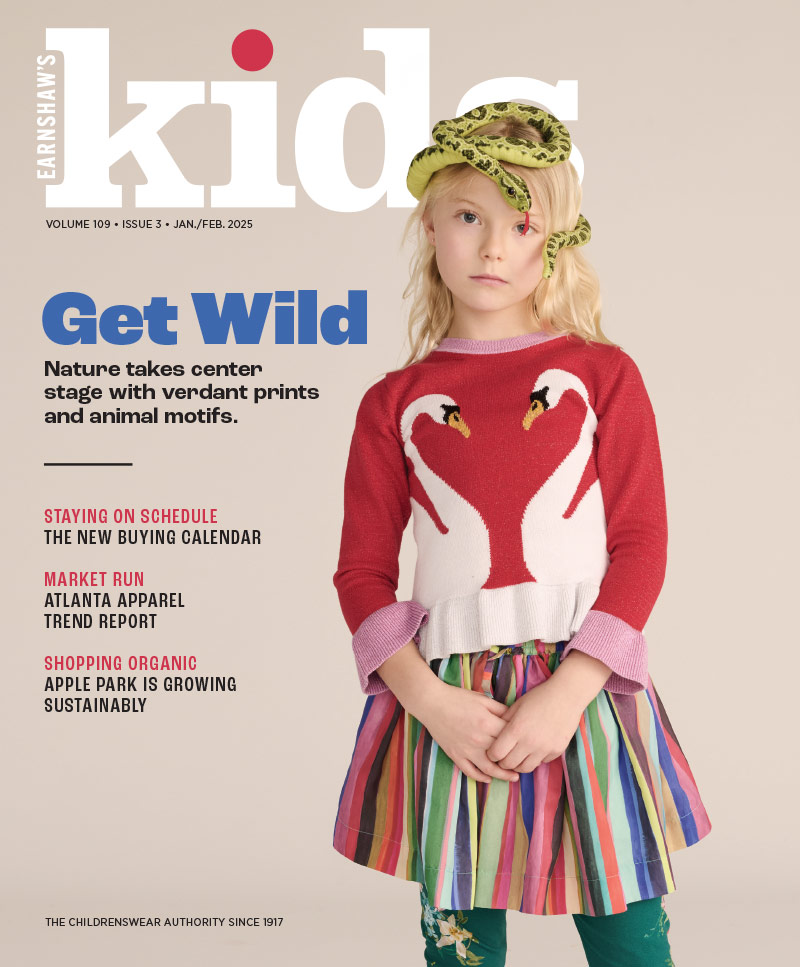

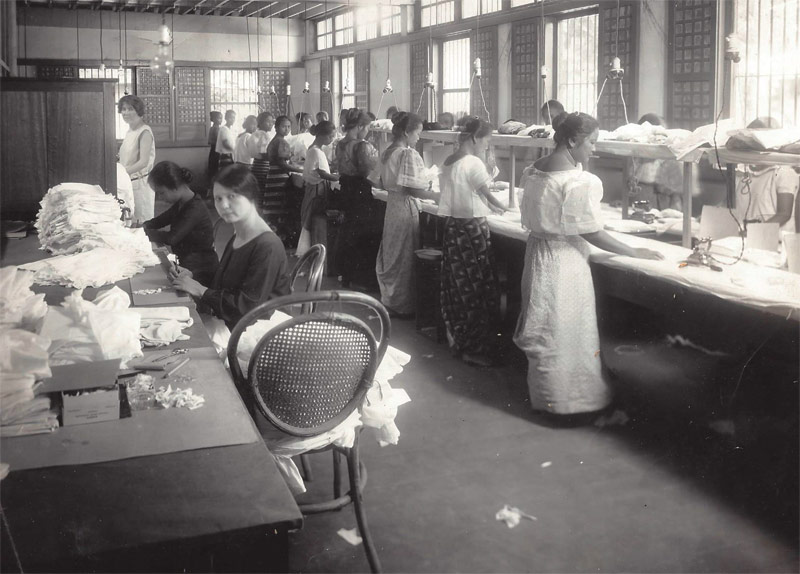
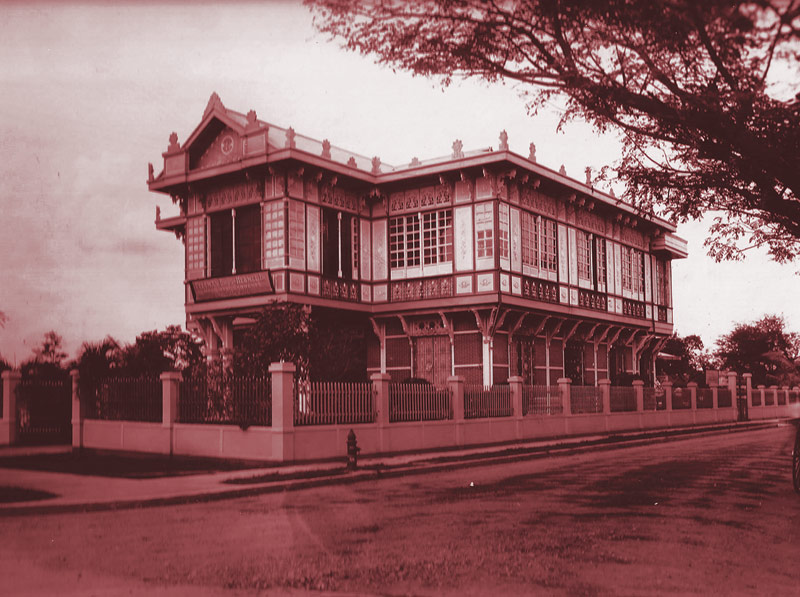
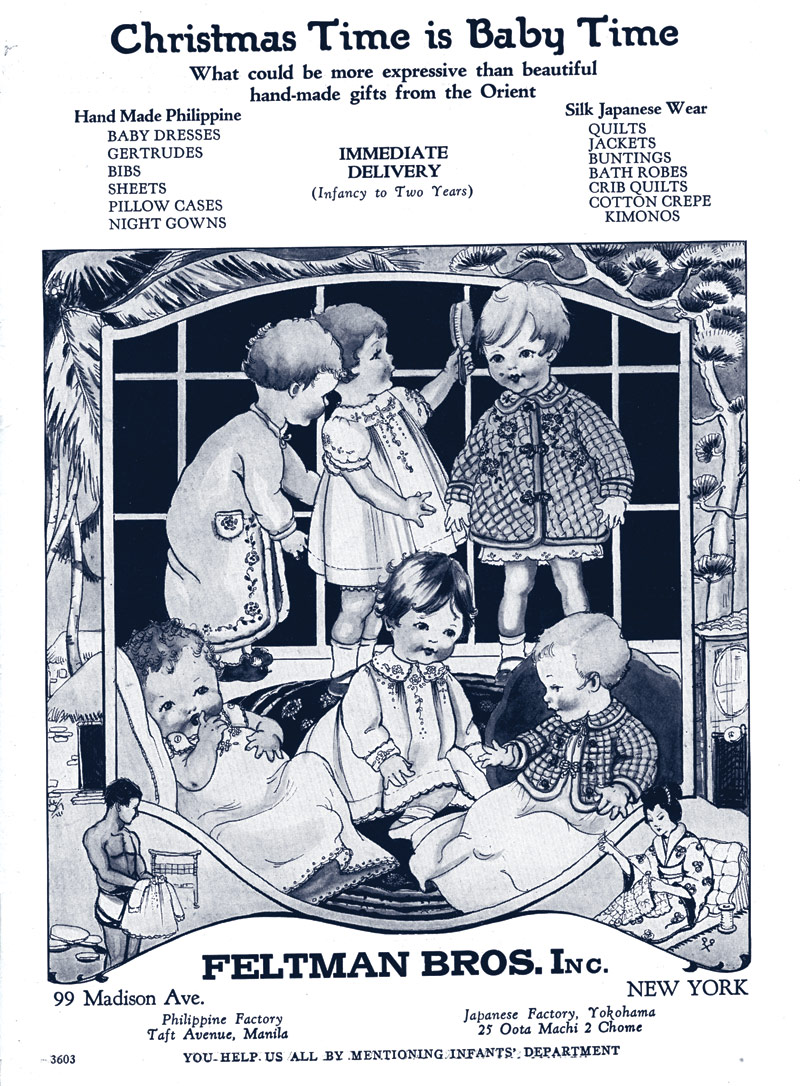

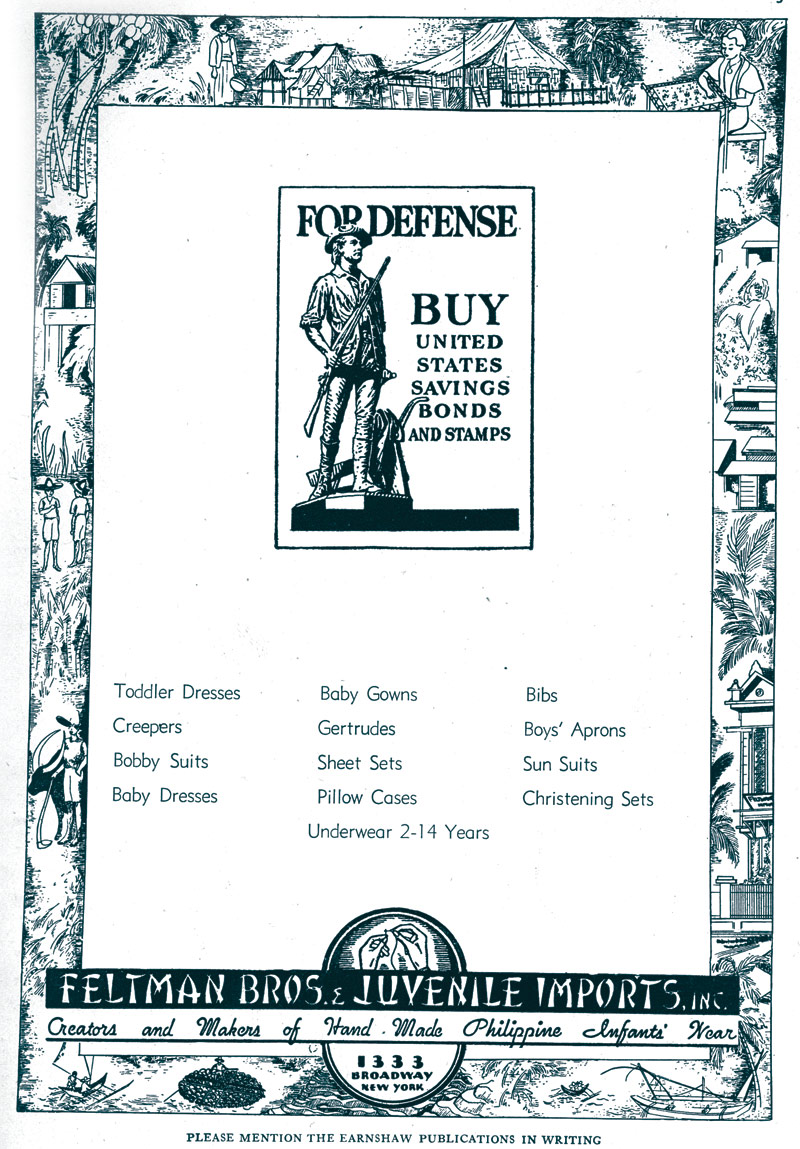


 From milestones to everyday magic, @ryleeandc
From milestones to everyday magic, @ryleeandc

 BEST IN SHOW: @milaandrose
Twirl-worthy, pla
BEST IN SHOW: @milaandrose
Twirl-worthy, pla





 This season’s
This season’s

 We had an i
We had an i


 Make Your Message Unmissable in 2025!
Get ahea
Make Your Message Unmissable in 2025!
Get ahea





 F
F



Leave a Comment: